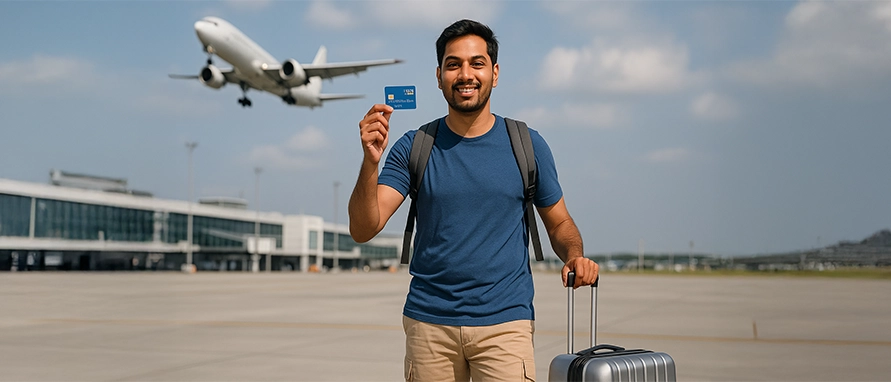A forex card, also known as a forex prepaid card, is a travel card loaded with foreign currency. It allows you to make purchases or withdraw cash in the local currency of your destination.
These cards can be preloaded with one or multiple currencies, depending on the issuing bank. They work just like a debit card at ATMs, restaurants, shops, and online platforms abroad.
A forex card functions on secure networks such as Visa or Mastercard. It eliminates the need for daily currency conversions, making it easier to stick to your travel budget.
Most banks offer cards with features like online balance checks, ATM access, and PIN protection. These features ensure that your transactions remain safe and convenient throughout your trip.





































